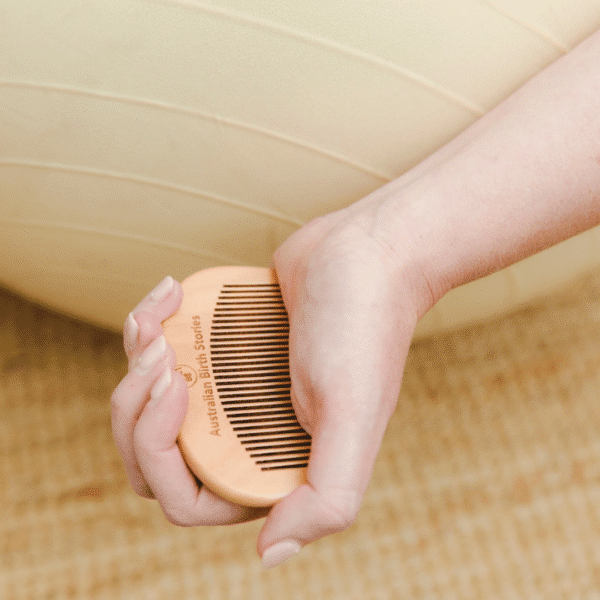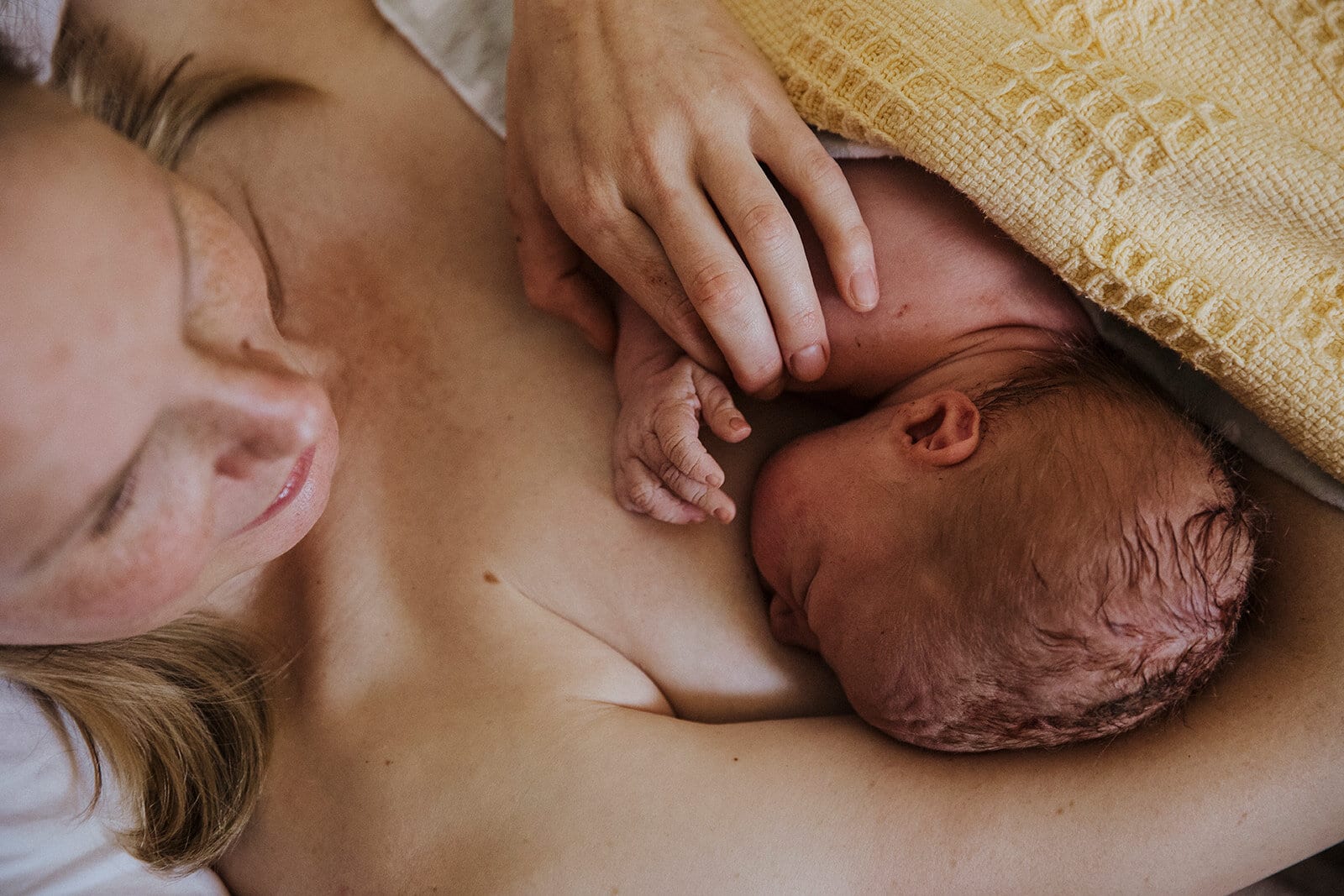Postpartum When To Stop Breastfeeding
When To Stop Breastfeeding

Deciding to start the weaning process is a personal choice for you and your baby. Here we share some practical tips on when and how to stop breastfeeding.
When and how to start the weaning process
Weaning your baby is a decision that can only be made by you and you should consider it in line with your breastfeeding experience so far, the support you have and your physical and emotional wellbeing.
There isn’t a one-size-fits-all answer that dictates when the right time to wean is, although the National Health and Medical Research Council recommends:
- exclusive breastfeeding for around six months until solid foods are commonly introduced
- breastfeeding to continue alongside solid foods till 12 months and beyond.
Statistics show that Australia’s breastfeeding rates are well below the national recommendations. While 96 percent of new mums intend to breastfeed and attempt to do so, by three-months postpartum, only 39 percent of babies are still being exclusively breastfed. By five-months postpartum, this number falls to 15 percent.
For those non-exclusively breastfeeding (babies are being mixed fed breastmilk and formula) the statistics are a little different:
- 69% of babies are receiving some breastmilk at 4 months of age
- 60% of babies are receiving some breastmilk at 6 months of age
- 28% of babies are still breastfeeding at 12 months
- 5% of babies reached two years of breastfeeding
If you have decided to wean your baby, it’s best to do it slowly. This may look like:
- dropping night feeds
- feeding at specific times and not on demand
- switching to formula or cow’s milk in lieu of breastmilk (dependant on the age of your baby)
- getting your partner to offer support to both you and your baby during the transition phase
Gradual weaning is best for you and your baby because it eases the adjustment process and reduces the risk of you developing mastitis. If weaning is your decision and not your baby’s, you’ll need to offer extra cuddles and emotional support because breastmilk is not only a source of nutrition but also significant comfort for your baby, regardless of their age.
What is weaning?
Weaning is when you stop breastfeeding your baby so they rely less and less on breast milk for nutrition and nourishment. As you gradually drop your feeds, you’ll encourage your baby to have other forms of milk and/or food, depending on their age. Less feeding means that your body will produce less milk and over time, your breast milk will dry up. There is no definite time frame that dictates when this will happen; it differs from woman to woman and from one baby to the next.
Throughout your breastfeeding journey your body may reduce its milk production and supply and this can happen for a number of reasons, including stress, illness and pregnancy.
At what age should you stop breastfeeding?
This is a very personal decision and not one you should make according to other people’s advice or judgement. If you want to continue breastfeeding but you’re experiencing pain, challenges or doubt, we highly recommend you reach out for professional support. The Australian Breastfeeding Association is the best place to start. If you can’t afford or don’t have access to a private lactation consultant (breastfeeding specialist) your local community health centre should have one available for consultations free of charge.
If you feel confident in your decision to wean your baby it’s a good idea to have a rough plan in place and ensure that you have support to navigate the transition. This is particularly relevant if your baby is feeding during the night or feeding to sleep during the day.
World Health Organisation recommendations
The World Health Organisation recommends exclusive breastfeeding till six months of age but despite this, nearly two out of three babies are not exclusively breastfed for the recommended time. This statistic hasn’t changed in over two decades.
Both WHO and UNICEF encourage breastfeeding initiation within the first hour after birth and breastfeeding on demand for the first six months. This means that you follow your baby’s cues and feed when they require it, regardless of the time of day or night or the duration of each feed.
Tips for weaning:
Before 6 months : if you choose to wean before six months, you will need to replace your baby’s breastfeeds with formula feeds from a bottle. Health professionals aren’t allowed to recommend specific brands of formula so it’s best to buy what you think is right for your baby and embrace a “trial and error” approach. All formula brands available in Australia are highly regulated so you can rest assured that they are safe for your baby. If for any reason your baby is not tolerating the formula that you buy, it’s a good idea to talk to your GP who can then refer you to a paediatrician. There are specialised formulas available for babies with allergies but often they require a script from a health professional.
After 6 months : once you have introduced solid foods to your baby, you may consider dropping the amount of breast feeds they have in a 24 hour period or you may want to wean them altogether. In this instance, you’ll need to replace breastfeeds with formula feeds in either a bottle or a cup. The action of sucking is instinctive and comforting for your baby, hence why a bottle is a good idea at this age.
After 12 months : by this stage your baby should be eating a variety of family foods. However, breastmilk is still an important part of their diet and continues to provide them with nutrients, antibodies and emotional comfort. If you feel like now is the best time to wean your baby, you don’t need to substitute breastfeeds with formula. You can simply replace some breastfeeds with milk of your choice.
Self-weaning : if your baby is showing no interest in breastfeeding or only feeds for a short amount of time, they may be self-weaning. It can be emotionally challenging for you, especially if you intend to feed for much longer. In this instance it’s normal to experience sadness and grief because it can feel like a big step, and a metaphorical cutting of the cord once again.
A note on breastfeeding and pregnancy
If you fall pregnant while breastfeeding your baby, you can definitely continue throughout the pregnancy if you feel well enough to do so. However, pregnancy can alter the taste and quantity of breastmilk so it’s not uncommon for babies or toddlers to self wean. Your nipples will also be more sensitive in early pregnancy and you may experience breastfeeding aversion which is when you have negative thoughts coupled with feelings of frustration, irritability and rage while your baby is feeding. Again, choosing to wean or continue feeding during your pregnancy is a very personal decision but it should ultimately be guided by your own wellbeing. If you feel depleted and rundown and if you’re experiencing nausea and vomiting in pregnancy, your care provider may advise you to wean so you can focus on your own health and growing your new baby.
Categories
Related Products
-
Birth Combs: Harness Your Body’s Natural Pain Relief
$24.95Crafted from smooth, natural wood, our birth combs activate specific pressure points in your hands that trigger your body’s innate pain-relieving responses.
Get your copy of our Perineal Massage Guide in your inbox
Keep Reading
We think you might enjoy these articles

Why planning for postpartum is just as important as planning for birth – and how to do it right
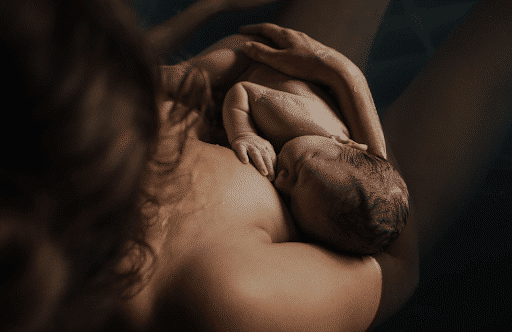
Cracked Nipples: Causes, Treatment and Prevention
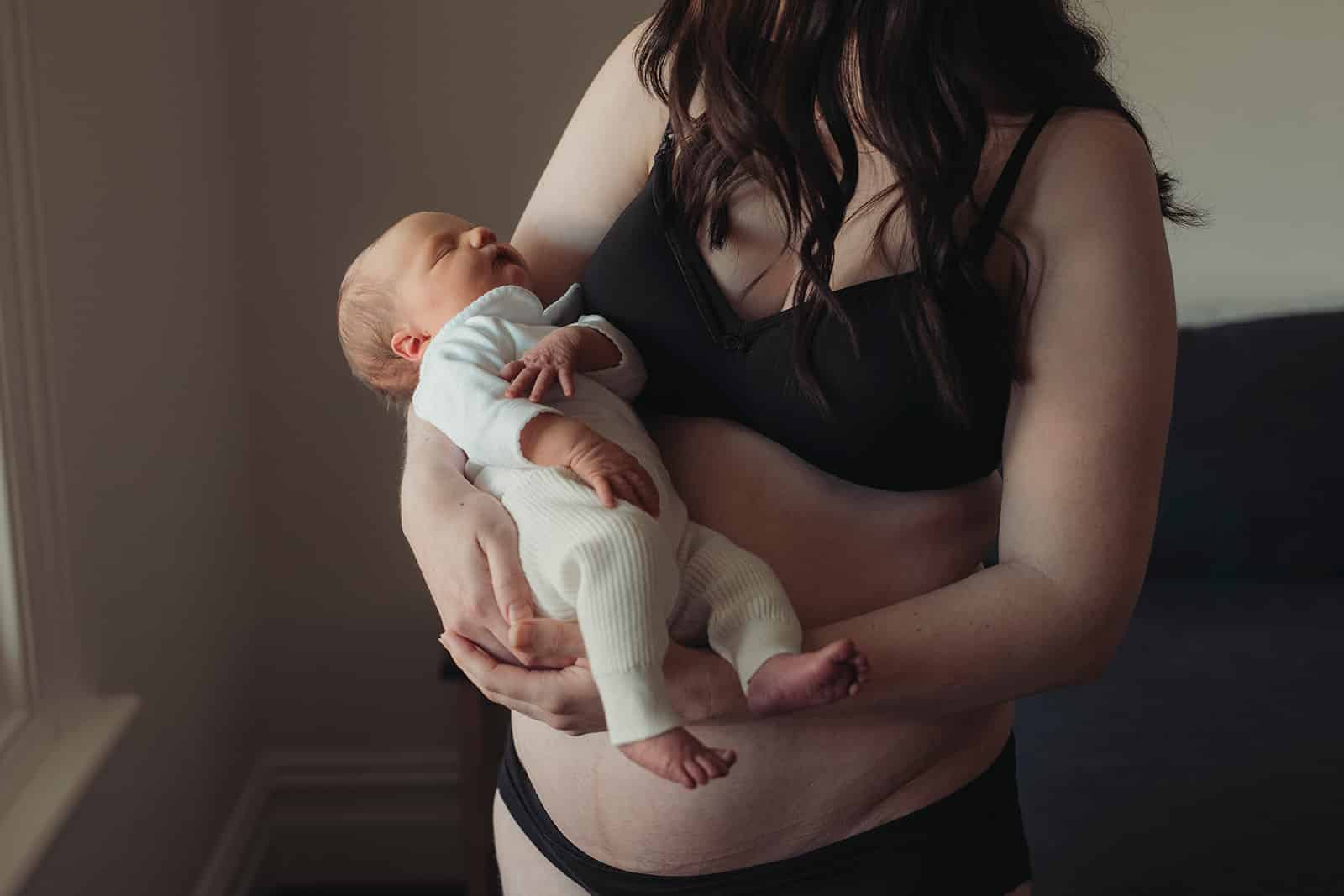
Caesarean Birth Recovery
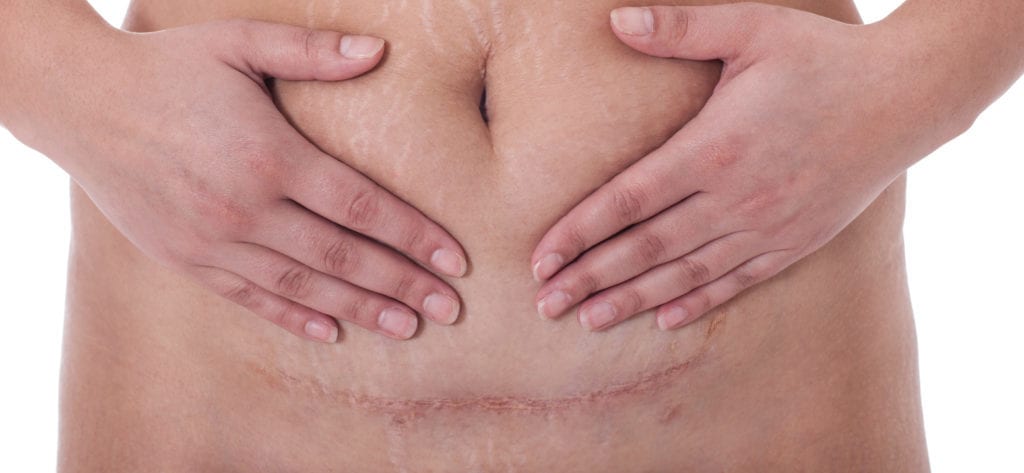
What is a C-Section Shelf?
@AustralianBirthStories
Follow along with us
@AustralianBirthStories
Follow along with us
@AustralianBirthStories
Follow along with us
@AustralianBirthStories
Follow along with us
@AustralianBirthStories
Follow along with us
@AustralianBirthStories
Follow along with us
@AustralianBirthStories
Follow along with us
@AustralianBirthStories
Follow along with us
@AustralianBirthStories
Follow along with us
@AustralianBirthStories
Follow along with us
@AustralianBirthStories
Follow along with us
@AustralianBirthStories
Follow along with us
